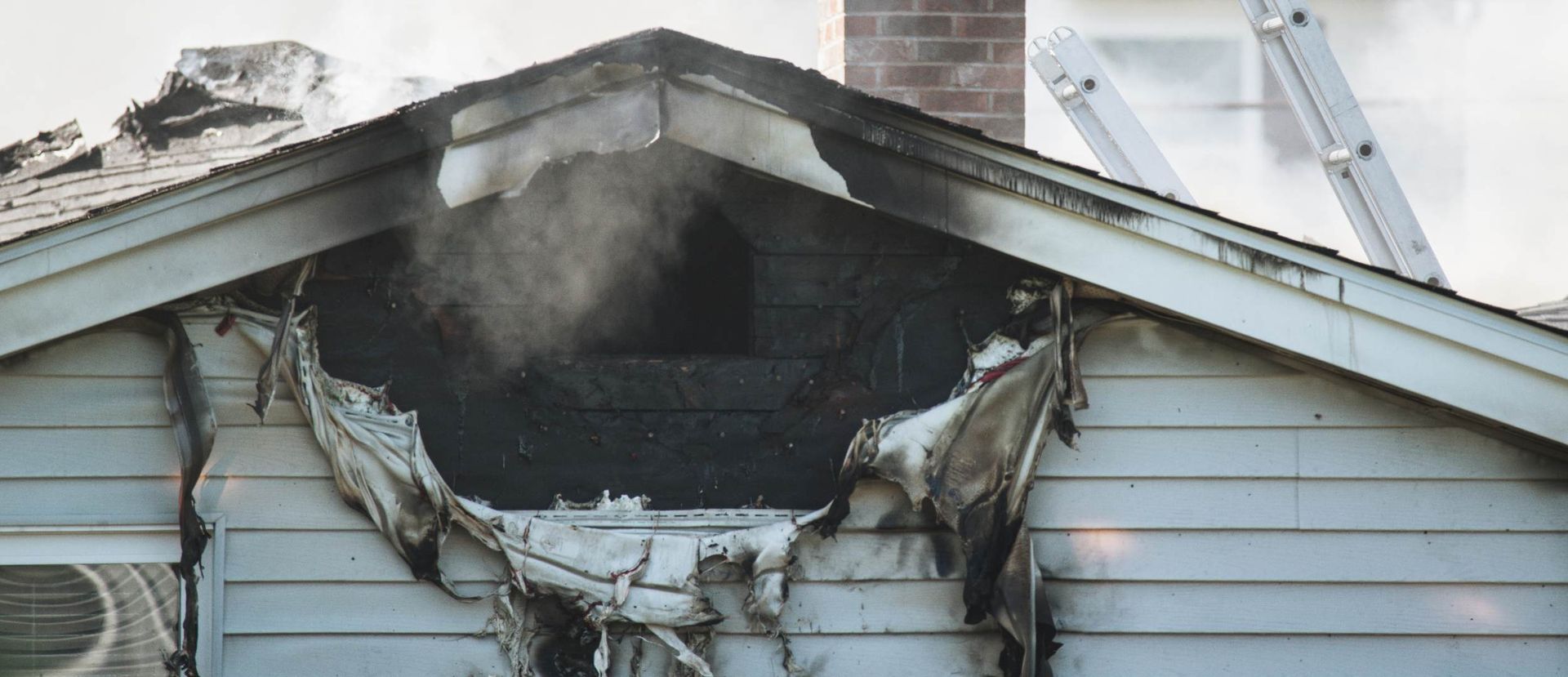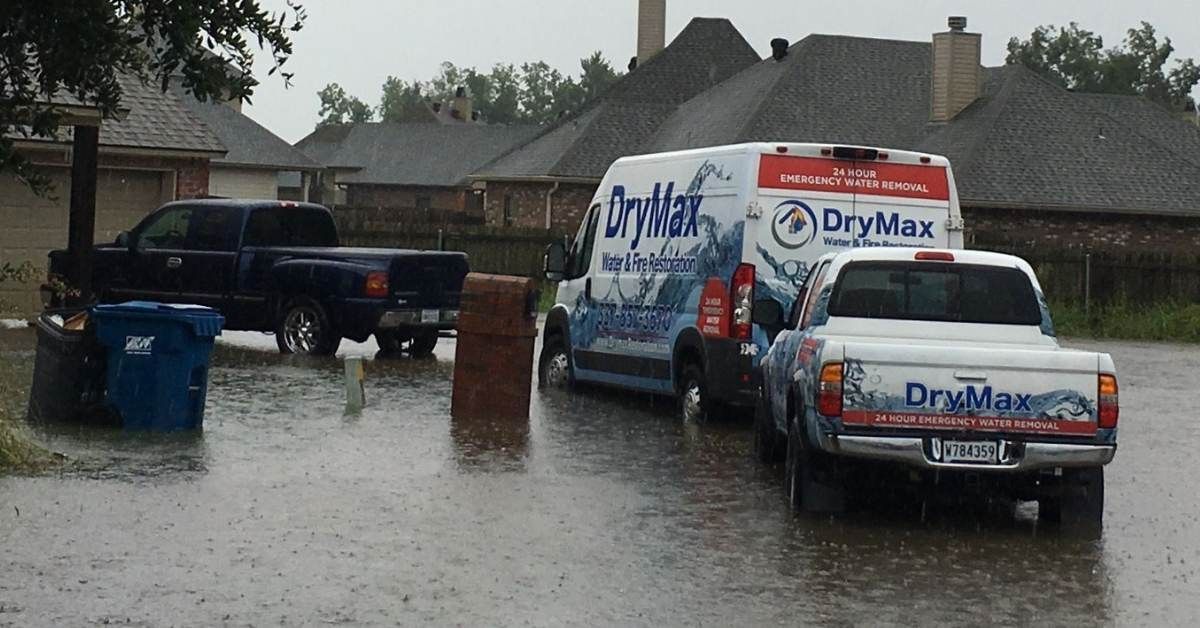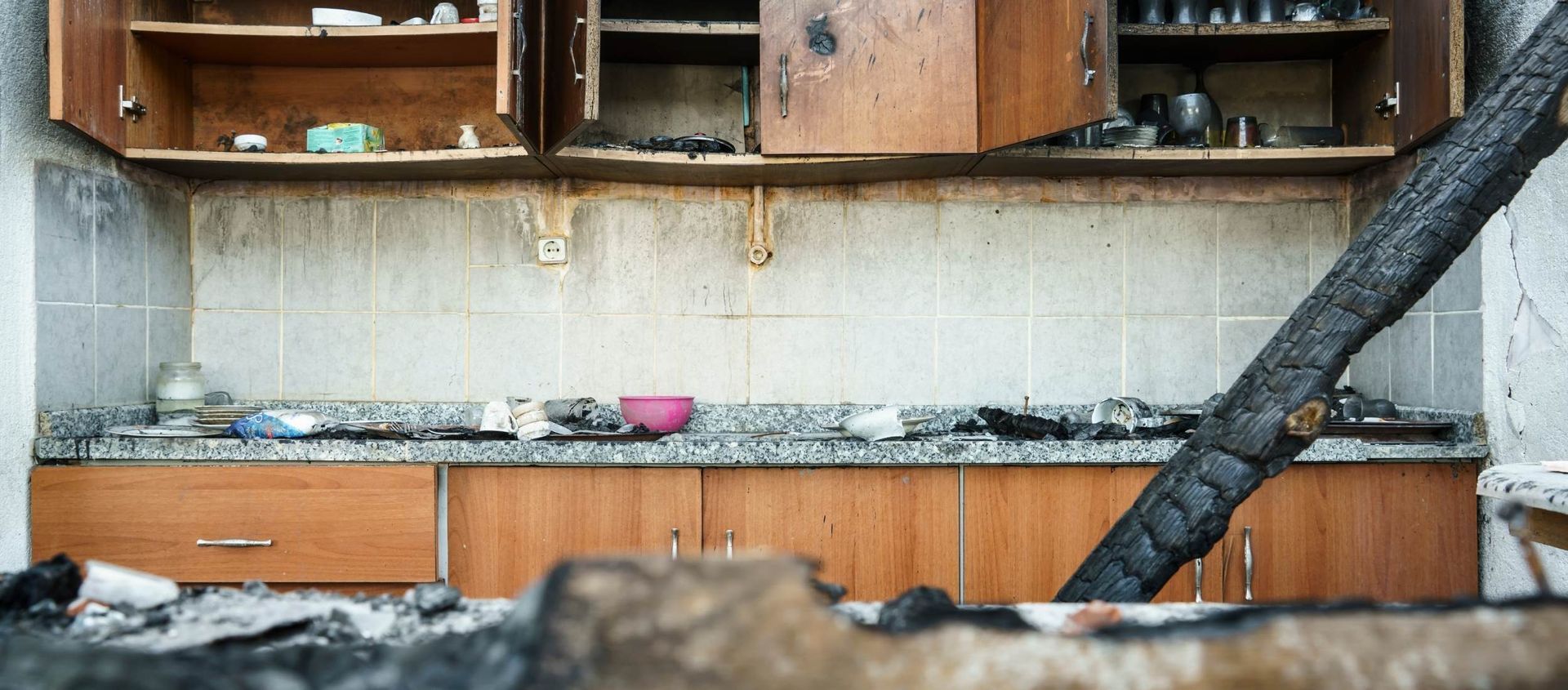Fire Restoration 101: What Is Fire Restoration?
What Is Fire Restoration?
Fire Damage Restoration Process
Something that many people don’t realize is that oftentimes, fire restoration goes hand in hand with water restoration. As previously mentioned, homes suffering from fire damage will likely also be affected by water damage due to the action taken by firefighters to put the fire out. A huge part of the fire restoration process is actually the drying process that takes place before anything else. This allows us to safely and efficiently prevent any further water damage or mold contamination from occurring in the home. Containment and board-up is also applied throughout the home, to prevent cross-contamination to any areas that may be unaffected. Another huge component of fire damage restoration services is the removal of burned & charred structural materials, such as walls, floors & ceilings.
Fire damage restoration companies will safely demolish & remove any non-salvageable building materials and contents from the home. Any remaining salvageable building materials left within the structure of the home will then be thoroughly cleaned, deodorized, and encapsulated to ensure that they are restored to pre-damage conditions as best they can. During the fire restoration process, deodorization is typically done in areas with the least amount of damage first, progressing further along into more damaged areas as the process goes on. Following the deodorization process, the home is then thoroughly aired out to ensure that any health hazards or further damage to the property is prevented. Additionally, contents cleaning services can be provided to any furniture or personal belongings that were able to be salvaged following the fire damage. Contents cleaning includes thorough cleaning, sanitization, soot removal and odor removal from any affected contents in the home that were deemed salvageable.
Fire Restoration Services In Acadiana, Louisiana
Companies who specialize & focus on providing fire damage restoration services, like DryMax Restoration, use only the most advanced, state of the art equipment and cleaning agents to remove soot or smoke damage and odors from various surfaces & building materials. Additionally, using the most advanced contents cleaning equipment & cleaning agents, they are able to salvage personal items. Another thing that often gets overlooked or forgotten about when it comes to fire restoration services is the HVAC system. If everything else within the home is restored or replaced effectively besides the HVAC system, there is a potential for the system to release soot particles, which could contribute to adverse health effects in those inhabiting the home. Everything down to the studs your home was built upon will be restored, efficiently cleaned & sanitized following your fire restoration service. When it comes to fire damage restoration services in your Acadiana area, don’t hesitate. Contact a local fire & water restoration company in your area to quickly and efficiently restore your home to livable conditions.




